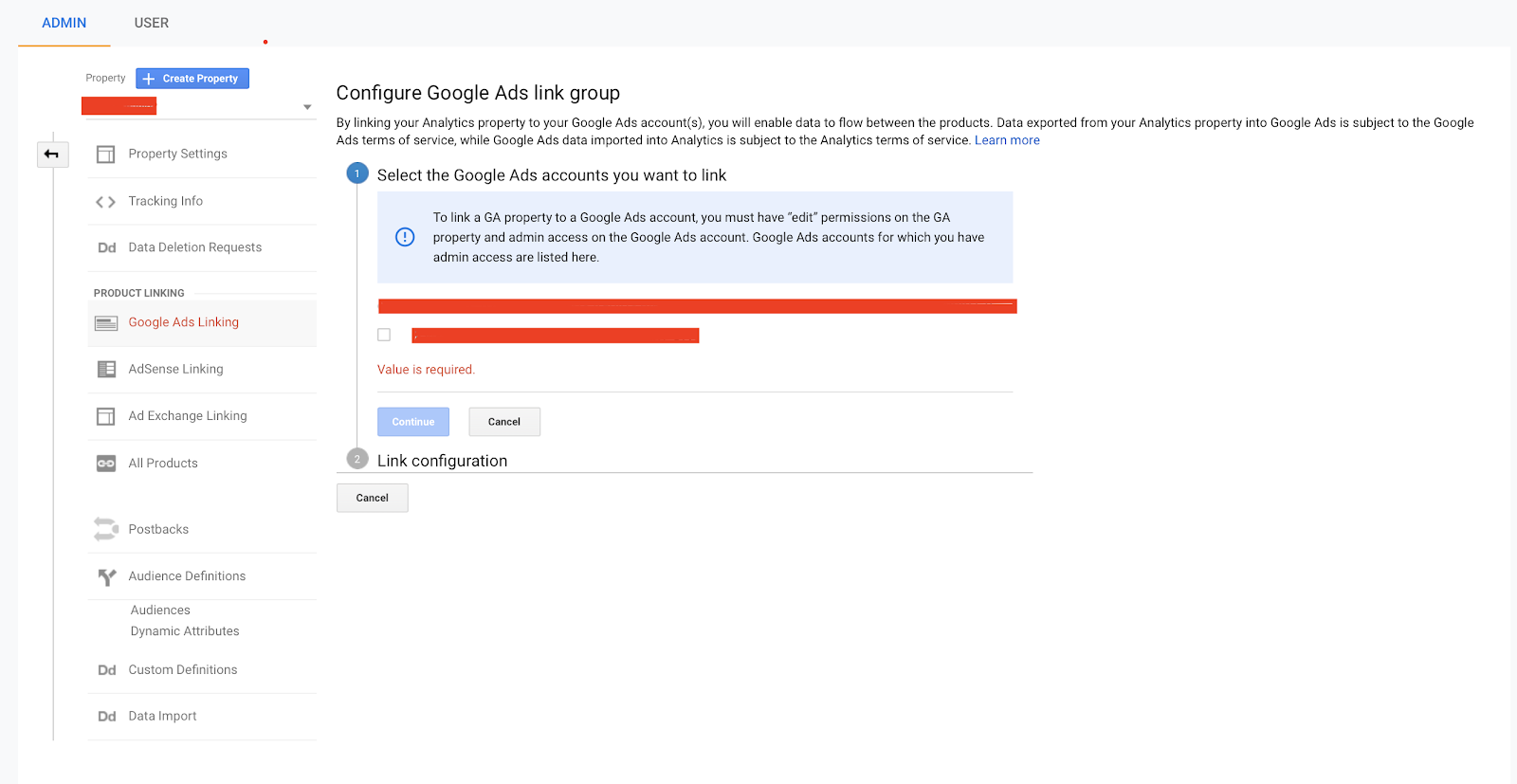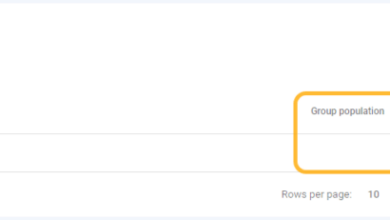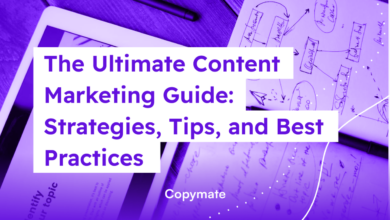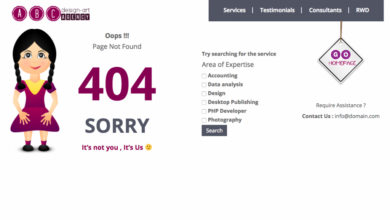Google Shopping Feed Checklist Your Success Guide
Troubleshooting and Error Handling: Google Shopping Feed Checklist

Troubleshooting Google Shopping feed errors is crucial for maintaining product visibility and avoiding penalties. A well-structured and error-free feed ensures your products are correctly displayed in search results, leading to increased sales. Addressing these issues promptly is vital for maximizing your return on investment.
Effective error handling requires understanding the common issues, the methods for identifying problems, and how to interpret and correct errors. This guide provides a structured approach to debugging your Google Shopping feed, leveraging Google Merchant Center tools to streamline the process.
Common Google Shopping Feed Errors
Understanding the types of errors you might encounter is the first step in resolving them. Google Merchant Center provides detailed error messages, but knowing the root causes can significantly speed up the troubleshooting process.
Identifying and Resolving Feed Errors
The Google Merchant Center provides a comprehensive error reporting system. Look for errors related to missing or incorrect data fields, invalid product data types, and duplicate product listings. The system often provides specific details about the error, which is crucial for locating the issue. Review the feed for discrepancies in data format, such as incorrect data types (e.g., a string where a number is expected). Manually checking the data against your inventory system can be highly beneficial in these cases.
Interpreting Error Messages, Google shopping feed checklist
Google Merchant Center error messages are designed to guide you towards the solution. Carefully examine the message for specific details like the field causing the problem, the type of error, and the line number in the feed file. Pay attention to the error code and description; this is critical for understanding the exact nature of the issue.
Debugging the Google Shopping Feed
A systematic approach to debugging is essential. Start by downloading the feed errors report from Google Merchant Center. Then, compare the report with your data source. Using a spreadsheet program, identify the specific rows containing errors. Examine the data in those rows meticulously to find discrepancies. Use a data validation tool to automatically flag inconsistencies in your data, which can streamline the debugging process.
Utilizing Google Merchant Center Tools
The Google Merchant Center offers valuable tools to monitor and troubleshoot feeds. The “Feed Performance” section provides insights into the overall health of your feed, including the number of errors encountered. Use the “Feed Errors” report to pinpoint specific problems. The “Feed Diagnostics” tool can provide a comprehensive analysis of the feed, pinpointing potential problems and helping you understand how to correct them.
Table of Common Feed Errors and Possible Causes
| Error Type | Possible Causes |
|---|---|
| Missing Product ID | Incorrect product ID in the feed, or missing ID altogether. |
| Incorrect Product Category | Mismatch between product category in the feed and the actual product category. |
| Invalid Price Format | Price values entered as text instead of numbers, or incorrect currency symbols. |
| Duplicate Product Listings | Multiple entries for the same product with varying data, or slight differences in the product details. |
| Incorrect Image URL | Incorrect or invalid URLs for product images, or missing image links. |
Getting your Google Shopping feed checklist just right is crucial for product visibility. But, have you considered how your product images are perceived on other platforms? Optimizing your Amazon images, for example, Amazon images , can significantly impact sales. Ultimately, a well-rounded approach to product presentation, encompassing both Google Shopping feed optimization and attention to Amazon images, will lead to better results overall.
So, you’re tackling a Google Shopping feed checklist? It’s a crucial part of online retail success, and getting it right can significantly boost your visibility. Knowing the key elements for a well-structured feed is vital, and understanding the strategic marketing prowess of someone like Tracee Larocca, SVP Marketing at Taco Bell, tracee larocca svp marketing taco bell , could help you analyze how to optimize your product listings.
Ultimately, a robust feed is essential for driving more traffic and sales, so getting this checklist just right is worth the effort.
Getting your Google Shopping feed just right is crucial for product visibility. But, building trust with potential customers is equally important, and that’s where strategies like the ones outlined in this article on 7 ways build brand trust marketing come in. A well-optimized feed, showcasing accurate product information and high-quality images, is a strong foundation for building that trust, ensuring customers have confidence in your brand before they even click through to your site.





